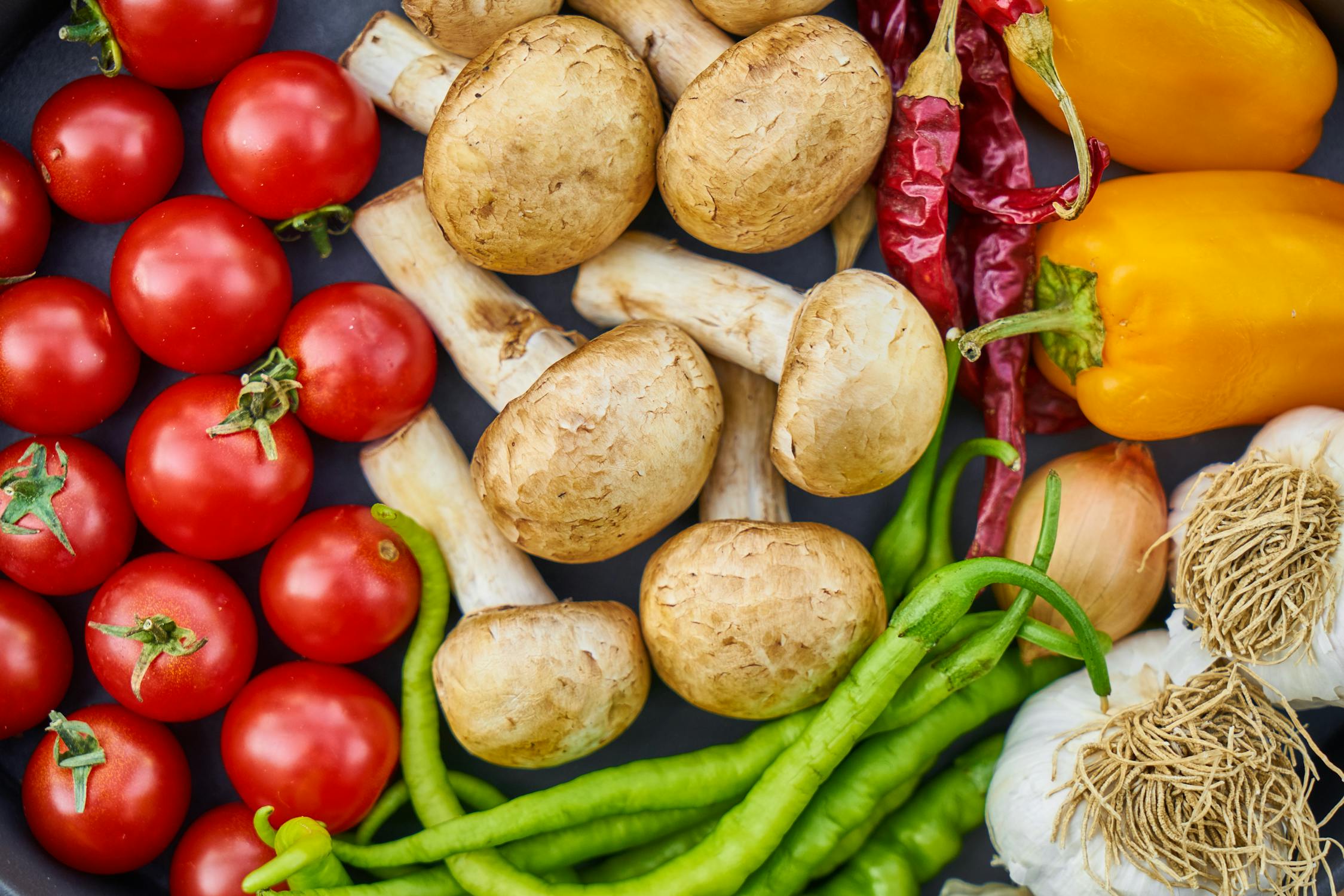What is the difference between starchy and non-starchy vegetables?

Vegetables can be classified into one of two groups: starchy and non-starchy.
Starchy vegetables are those that contain more starch, which is a type of carbohydrate that your body can break down into glucose. They’re usually higher in calories than non-starchy alternatives and are lower in fiber, which means they might not be as satiating. However, some starchy veggies are more satiating than others. For example, potatoes can make you fuller than rice or pasta.
Compared to non-starchy veggies, starchy options can be higher in antioxidants, which are important compounds that protect your cells from oxidative damage. Non-starchy veggies have more fiber and less sugar, so they can be easily digested in your gut.
Starchy vegetables include potatoes, carrots, green peas, beets, and butternut squash. Non-starchy vegetables are cabbage, asparagus, Brussels sprouts, red pepper, and tomato. Try to consume a range of both and focus on choosing veggies of varying colors to maximize your nutrient intake.